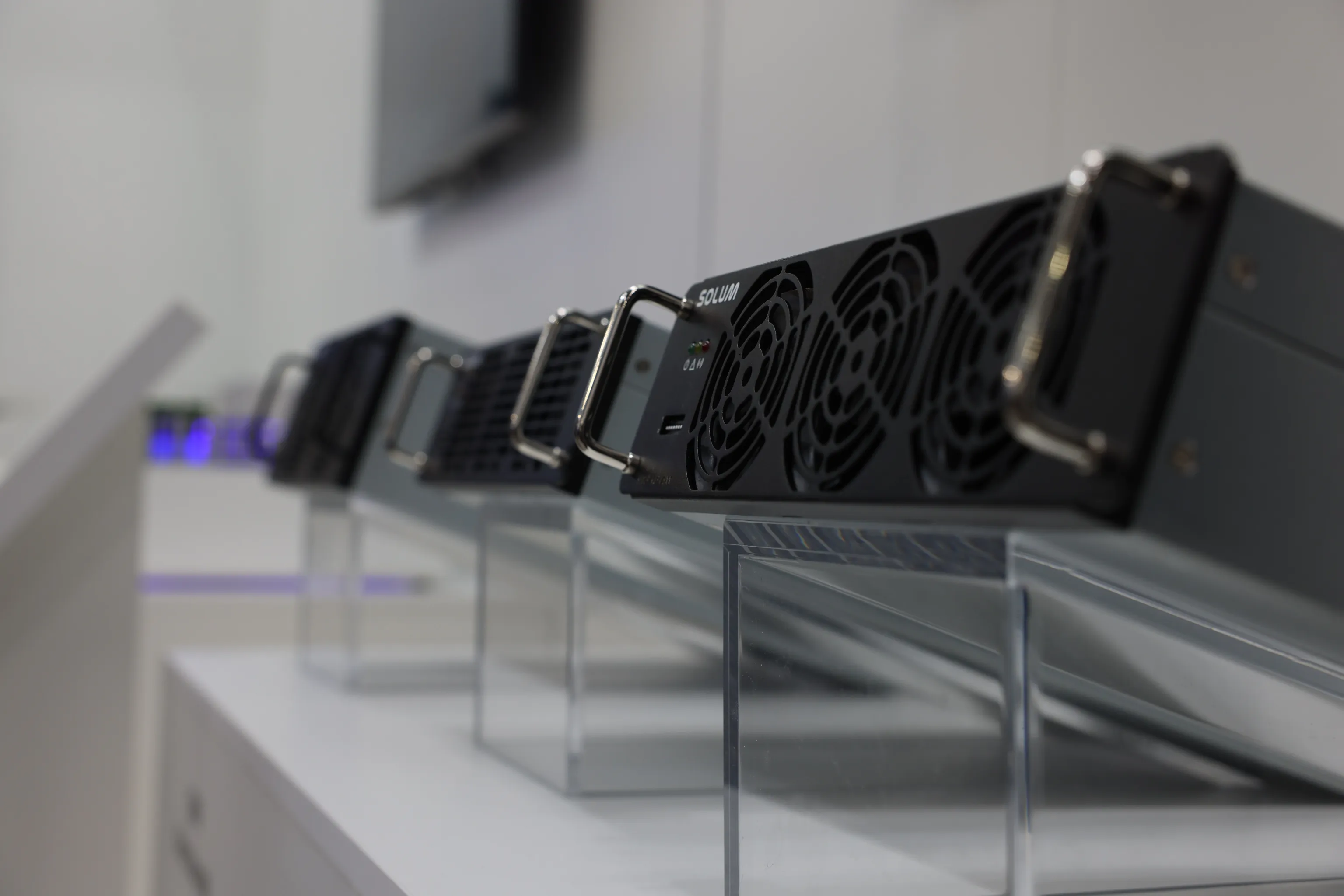How Do Solar-powered Lights Work?
Solar-powered lights are a marvel for a lot of people. With its sustainability and technology appealing to a lot of professionals, business owners, public servants, and end consumers, it’s no surprise that more and more are turning to solar lights. But how do solar-powered lights work? What’s good about them as a lighting alternative? And can you use them for your own business or home?
How do solar-powered lights work?
To put it simply, solar-powered lights work by converting sunlight into electricity through the use of photovoltaic (PV) cells, which are also known as solar cells.
The process of powering up solar lights goes something like this:
- Sunlight absorption - The photovoltaic (PV) cells in solar panels absorb sunlight during the day. Sunlight will charge their internal batteries using a solar cell. These panels are typically made of silicon-based semiconductor materials. When sunlight hits the PV cells, it excites electrons within the cells, creating a flow of electricity.
- Electricity conversion - The electricity generated by the PV cells is in the form of direct current (DC). This DC electricity needs to be converted into a form that can be used by the light fixture.
- Battery storage and management - Rechargeable batteries store the electricity generated by the PV cells during the day. A controller or microprocessor may be included in the solar light system to manage energy flow. This component can optimize the charging process, monitor battery levels, and control the operation of the light fixture.
- Light activation - When natural light levels decrease, typically at dusk, sensors in the solar light system will detect this change and activate the light fixture. The stored energy from the batteries powers the light and will provide illumination throughout the night or until the users turn it off.
- Automatic shut-off and recharging - When natural light levels increase at dawn, the sensors will detect this change and turn off the light fixture. The solar lights will also recharge as the solar panels absorb sunlight once more, triggering the process to start all over again.
Solar lights are also known to have various systems and features. However, they all have similarities that ensure proper function and lighting.
Here’s a basic rundown of the general parts of solar lights and how they work together to produce electricity and lights:
- Solar panels: Solar panels are made up of multiple photovoltaic (PV) cells, which are typically made of silicon. When sunlight hits these cells, the electrons within them create electricity to be stored and converted.
- Charge controller: In some solar light systems, a charge controller is included to regulate the direct current electricity. A charge controller can be used to regulate the voltage and current coming from the solar panels. It prevents overcharging of batteries and ensures efficient charging every time.
- Battery storage: Many solar-powered lights have rechargeable batteries integrated into them. These batteries store the electricity generated by the solar panels during the day. This will help the solar lights operate during the night or when sunlight is not available.
- Light fixture: The stored electricity from the batteries powers the actual light fixture during the night. The light fixture could be in the form of LED (light-emitting diode) lights, which are highly efficient and commonly used in solar-powered lighting systems.
- Sensor and controller (Optional): Some solar-powered lights include sensors that detect ambient light levels. These sensors can automatically turn the lights on at dusk and off at dawn, which conserves energy and ensures the lights operate when needed. Meanwhile, a controller helps manually toggle the lights on and off, or control the actual brightness of the light fixture.
Though solar-powered lights seem complicated at first, they are quite easy to use. With the way technology advances every single day, solar light systems are getting more efficient and more sustainable. Now, we see solar-powered lights being utilized in multiple homes, establishments, and public areas, such as street lights, industrial lights, and more.
Do solar lights need to be plugged in?
The simple answer is no; solar-powered lights do not need to be plugged into an electrical outlet or grid power source. Solar lights are designed to operate independently, using energy from the sun. They are equipped with photovoltaic (PV) cells, which capture sunlight and convert it into electricity that will power up the light fixture.
This makes them a convenient and environmentally friendly lighting solution for establishments or outdoor spaces where access to grid power may be limited or impractical. Additionally, the absence of wires makes installation easier. It allows for the flexible placement of the lights to suit various outdoor lighting needs.
Of course, these solar-powered lights also make a good contribution to the development of municipalities. Towns and cities that want to reduce costs and energy can take advantage of solar-powered lighting systems. Something as simple as solar street lights can improve life in communities, providing proper illumination while being a sustainable solution.
Do solar lights work without the sun?
Solar lights, of course, rely on sunlight to generate electricity through the PV cells. However, solar lights can still work without direct sunlight to some degree.
Here are a few examples of solar-powered lights working without the sun:
- Indirect or Less Sunlight: Even on cloudy or overcast days and during the winter season, solar lights can still work. Solar panels can still absorb some sunlight and generate electricity, although they are less effective or efficient compared to sunny conditions. Solar lights will still charge and store energy during these periods, just at a slower rate.
- Stored Energy: Solar lights typically include rechargeable batteries that store the electricity generated during the day. This stored energy allows the light fixture to operate during the night or in low-light conditions when natural light is not available.
- Extended Operation: Depending on the capacity of the batteries and the energy efficiency of the light fixture, solar lights can provide illumination for several hours even without direct sunlight. However, it’s also best to remember that prolonged periods of inadequate charging may eventually deplete the battery and reduce the runtime of the light.
For solar lights to work even without direct sunlight, it’s best to consider a few tips and best practices as well. This includes optimal placement of the solar panels, regular cleaning and maintenance, using mirrors or artificial light bulbs to charge the panels, and more.
How do solar lights turn on at night?
Solar-powered lights typically have sensors that help them determine ambient light in their surroundings. Once they detect the absence of light at dusk, the sensors will automatically trigger the lights. This will give users an ample amount of light that they need for the night.
Of course, users can also manually turn on the solar-powered lights. This can be beneficial if people want to turn on the solar light a little bit later at night or earlier than dusk.
Finding a Solar-Powered Solution that Works
For people who want to find a powerful and sustainable outdoor lighting solution, SOLUM Group has the perfect answer. SOLUM Solar Street Lights harnesses the power of the sun and turns it into cost-effective lighting solutions.
Solar streetlights can bring significant benefits to various communities. They can reduce energy costs, enhance safety, improve sustainability efforts, and so much more. SOLUM Solar Street Lights, most of all, can bring a lot of advantages because of their reliability, low maintenance, and durable features.
Its features include:
- Efficient LED Lighting
- Automatic On/Off
- Programmable Time Dimming
- Intelligent Power Control
- Premium Quality Components
- Advanced Maximum PowerPoint Tracking Technology (MPPT)
- Intelligent Battery Management System
- Customizable LID (Luminous Intensity Distribution) Applied Lens
- IP65-Rated Waterproof and Dustproof Enclosure
Solar-powered lighting solutions are a great technology for a variety of applications. If you want a dynamic solar lighting solution that solves your problems and gives you an edge over others, let SOLUM help.
Talk to SOLUM Group experts today and find out more about the capabilities of the SOLUM Solar Street Lights.











